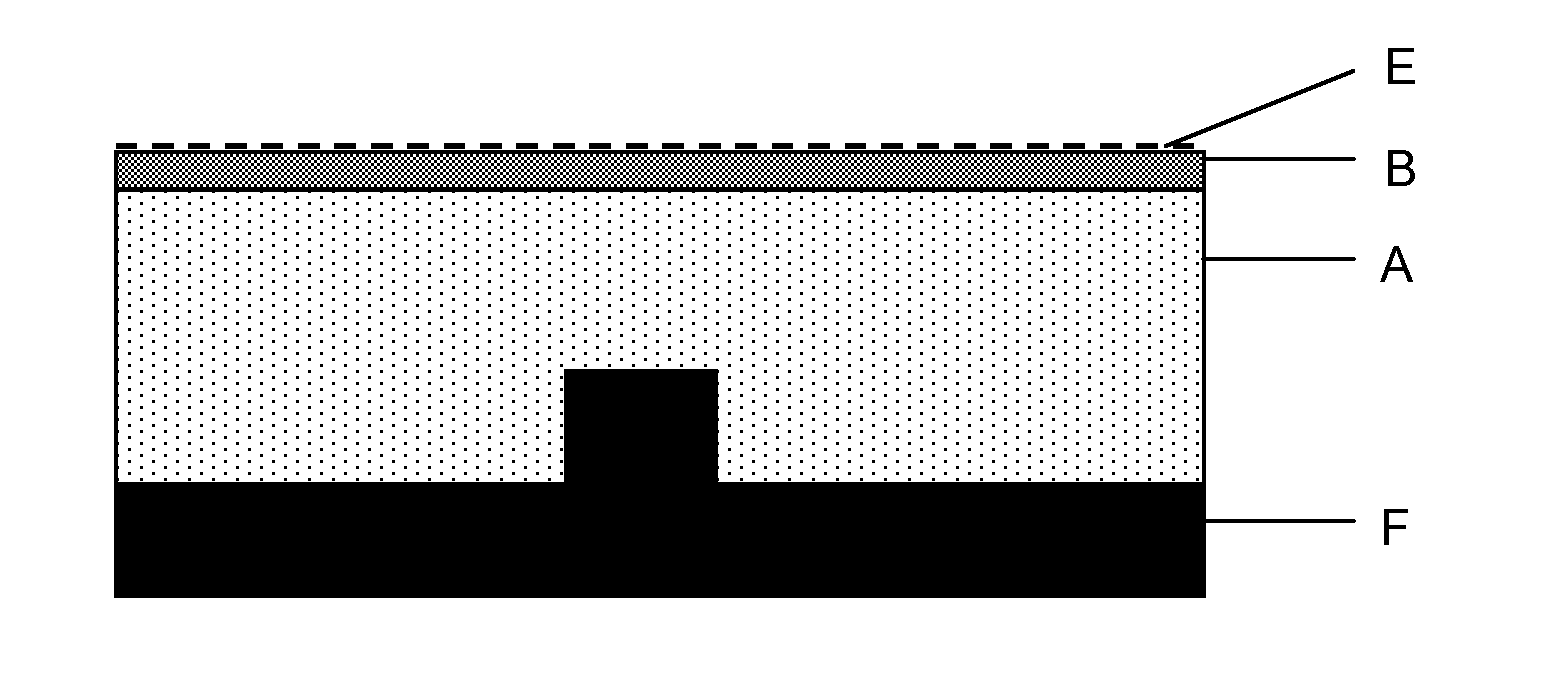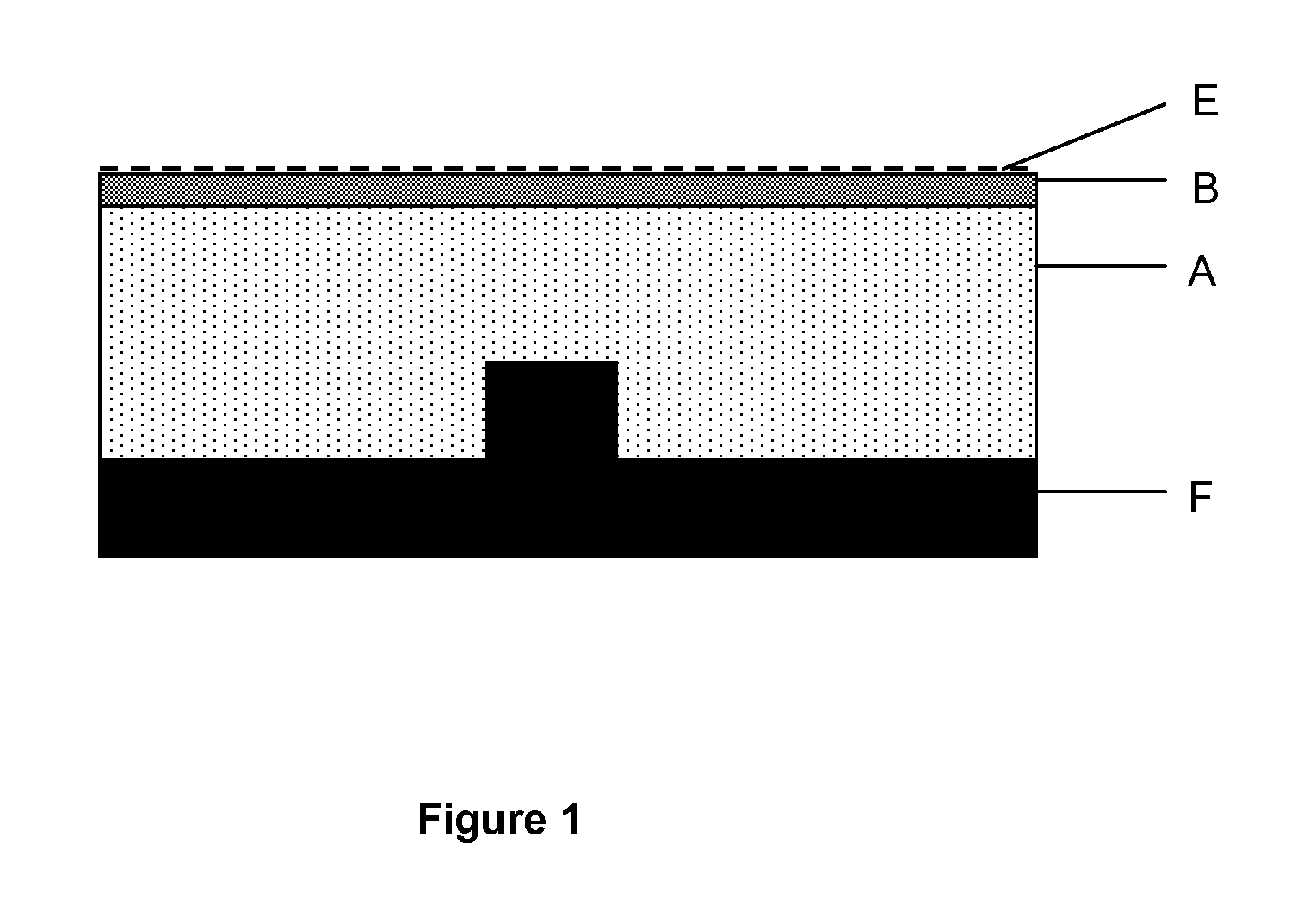Method for fire protection and modification of properties of expanded polyesters
a technology of expanded polyester and properties, applied in the field of fire protection and modification of properties of expanded polyester, can solve the problems of affecting the expansion or foaming of polymers and other final properties targeted for intended applications, affecting the final properties of the intended application, and most standard flame retardant agents cannot survive these temperatures and decompose, etc., to achieve stable hydrolytic decomposition, easy to handle, and easy to apply
- Summary
- Abstract
- Description
- Claims
- Application Information
AI Technical Summary
Benefits of technology
Problems solved by technology
Method used
Image
Examples
examples
[0027]In the following examples and comparative examples standard PET insulation foam (ArmaStruct®, Armacell GmbH, Munster, Germany) of 65 kg / m3 density was cut to 25 mm thickness and 500 mm width samples. The protective layers were put on the foam parts by homogeneously distributing them in powder masterbatch form onto the foam surface using a flat die / racle system and then slowly running the prepared part under a hot (280° C.) chromium plated cylinder of 600 mm width and 200 mm radius, applying slight and constant pressure (compression factor relative to the foam thickness <0.5%).
[0028]The PET for the coating layer was either ground from virgin PET (Sabic, Genk, Belgium), from recycled scrap after internal manufacturing (Armacell) or from recyclate flakes bought on the market.
[0029]The powder for the coating was prepared either by mixing the respective additives and the PET powder in the cold state in a stirring mixer or by melting the PET in a mixing extruder and adding the addit...
PUM
| Property | Measurement | Unit |
|---|---|---|
| Fraction | aaaaa | aaaaa |
| Fraction | aaaaa | aaaaa |
| Fraction | aaaaa | aaaaa |
Abstract
Description
Claims
Application Information
 Login to View More
Login to View More - R&D
- Intellectual Property
- Life Sciences
- Materials
- Tech Scout
- Unparalleled Data Quality
- Higher Quality Content
- 60% Fewer Hallucinations
Browse by: Latest US Patents, China's latest patents, Technical Efficacy Thesaurus, Application Domain, Technology Topic, Popular Technical Reports.
© 2025 PatSnap. All rights reserved.Legal|Privacy policy|Modern Slavery Act Transparency Statement|Sitemap|About US| Contact US: help@patsnap.com


